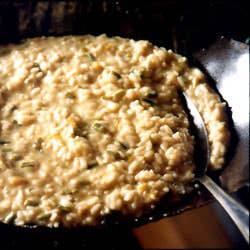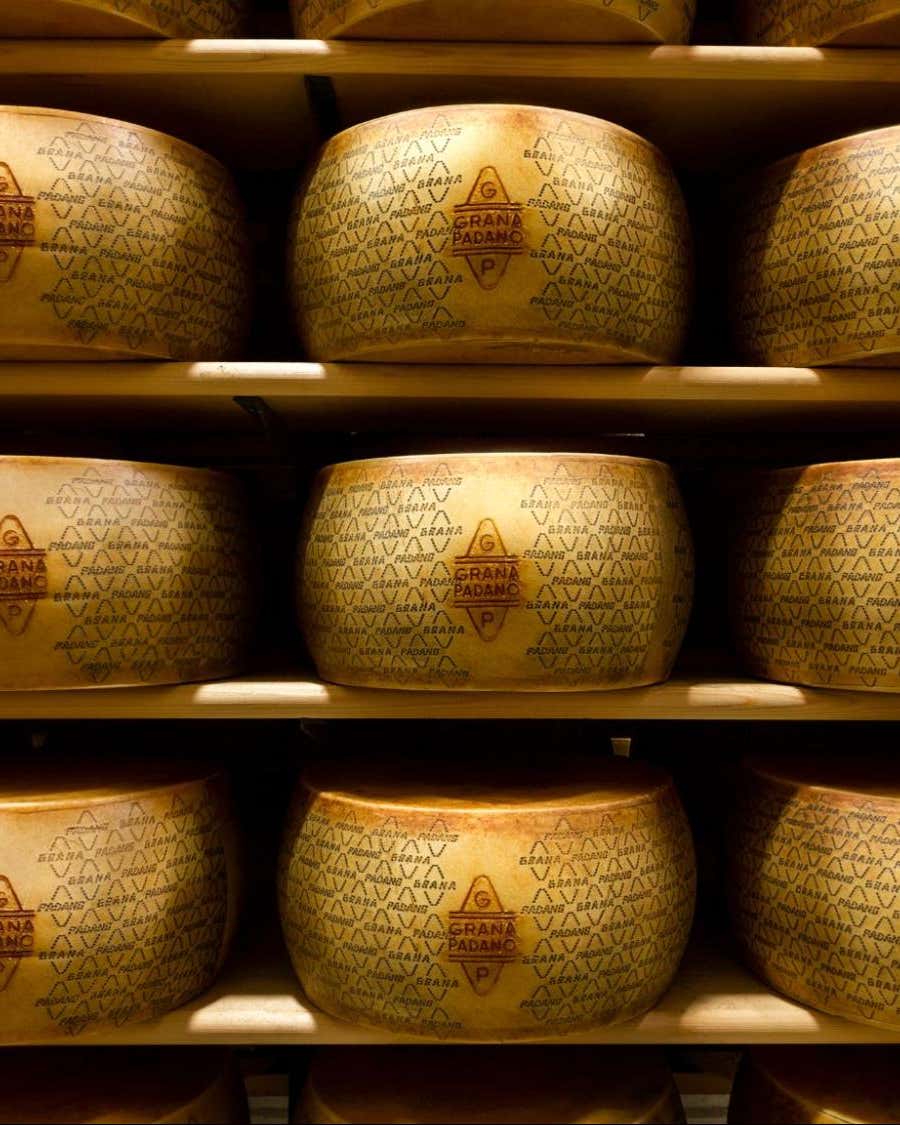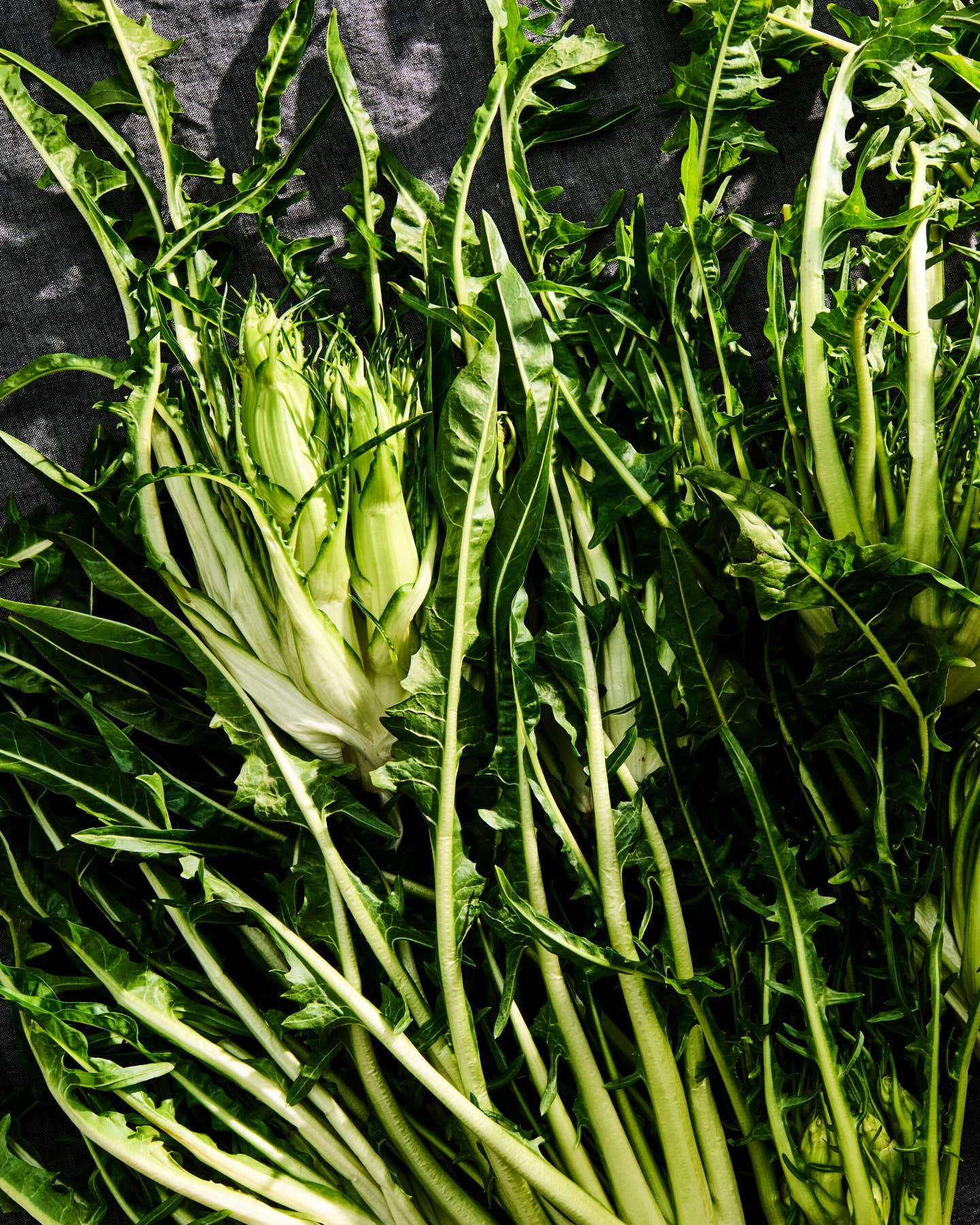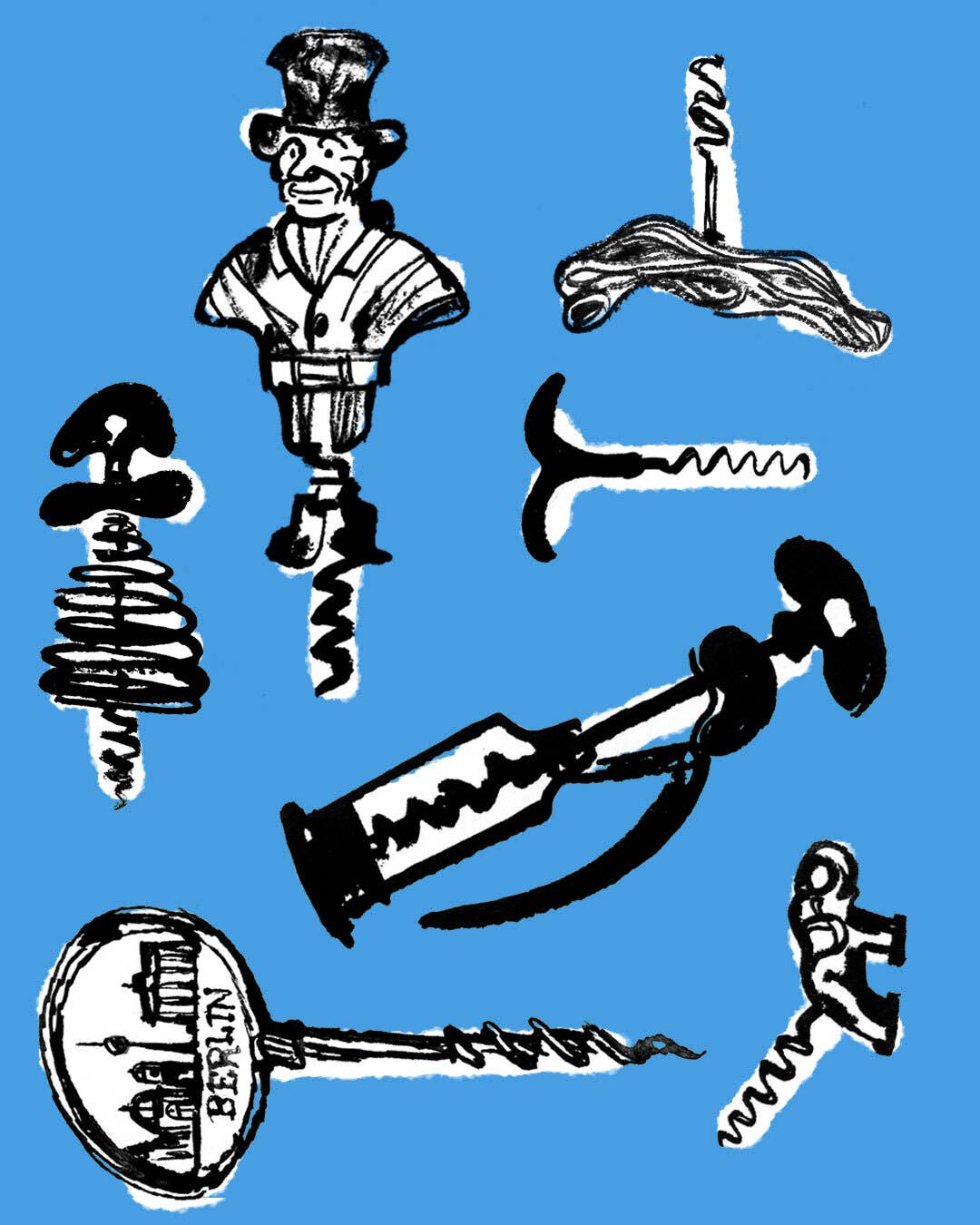
Part IV of a five-part series
Part I: Venice—A Magical City to Devour
Part II: The Fishmonger's Table
Part III: The World of Cipriani
Part V: Inside the Palazzo
"Risotto has a reason," she says in that unmistakable voice, paved by a lifetime of Marlboros and of speaking her mind. Drawing us out of her tiny Venetian kitchen into a small study, Marcella Hazan, now not just a legendary cooking teacher and indispensable author, but also a scientist with two advanced degrees, commands us to inspect three single grains of carnaroli rice: "Look carefully. Each grain has two starches: The translucent outside is amylopectin, the inside is amylose. They react differently to heat and moisture. The inside expands while the outside dissolves. That's why you must keep stirring risotto."
This Marcella, who does not suffer fools gladly, has nonetheless welcomed students—six of them, nine times a year, for 15 years—into her cannily designed kitchen at the top of a 16th-century house, in the sestiere ("quarter") of Cannaregio. And—she cannot help herself—this is turning out to be her last class in Venice, though the three of us from SAVEUR have come ostensibly for lunch. Just as Craig Claiborne, the New York Times food critic, did some thirty years ago, when he went to lunch and discovered the young Italian housewife from a fishing village on the Adriatic, cooking only the food she knew, for her elegant and exigent husband, Victor.
"Carnaroli," she pronounces, "is the best rice for risotto. Look for carnaroli marked ai pestelli on the package, which means it was hulled with a mechanical mortar and pestle. This leaves the rice covered with a powdery starch. You never wash the rice first because you need that starch to make it creamy. Carnaroli doesn't go from undercooked to overcooked in a second; it is starchy—and it has more finesse than arborio, which caught on in America because it was more available."
She leads us back into the kitchen, past stacks of books and boxes packed for shipping. For Marcella and Victor Hazan (a celebrated wine expert; "Venetian life is lubricated by wine," he likes to say)—her partner in teaching, her translator, and still the man she cooks for—are about to begin the next chapter of their life together … Florida.
Now, though, Marcella is making risotto. "I never wait until the fat is hot," she says, adding vegetable oil, butter, and chopped onions all at once to a deep saucepan on her Zanussi four-burner professional gas range. ("I sold all my copper pots," she remarks later without regret. "We have only electric in Florida.") "You can add broth—we don't have stock in Italy—water, anything," she continues (she uses bouillon cubes herself). "It doesn't matter. What matters is that you do it right. That television chef, Mario Batali, he makes risotto in a frying pan!" She rolls her eyes mischievously. "You cannot make risotto in a frying pan. There's too much floor. It goes too fast. My students are always asking when to add liquid. When it's dry, I tell them. And no salt yet. Butter is salty. Broth is salty. Enough. And you cook it over high heat. The broth is always simmering." It is chastening to discover I've been making risotto wrong all these years.
This risotto will be flavored with green beans and yellow peppers. She has earlier thrown several handfuls of the beans into a pot of boiling water with a generous handful of salt, declaring: "I am against crunchy vegetables. When they're cooked, they taste string beans. But before, they taste grass. In California they don't even cook vegetables; they just show them the water."
Preparing this last lunch, Marcella turns nostalgic. She and Victor reminisce about their students: about the surgeons—"lots of them"—whose taste buds they've awakened, watching them find unexpected pleasure in pitting peaches, "just like removing a tumor from the brain." Some students have become lifelong friends, and others, well, they just make good stories—like the anorexic who cut each piece of penne into four pieces before eating it, or the gentleman of 75 who fell hopelessly in love with a fellow student. "How long do you cook the pasta?" one woman would constantly whine. "Until it's done," Marcella finally shot back. "Most people are afraid to taste," she says. "If they don't know taste, how can they tell when it's done?"
How many times, I wonder (hundreds? thousands?), have the Hazans risen early to walk across the four bridges from their apartment to the Rialto market (as they did with us) and patiently reveal to students—jet-lagged or restless—that all radicchio is not round? How many times have they leaned across a restaurant table (as they did with us) and brightly explained that the lightly fried gray shrimp you are about to devour like popcorn is the only sea creature that stays gray after it's cooked? How many times have they enthusiastically enumerated (in three languages—the obvious two, plus Venetian) the glorious variety of octopi, squid, and cuttlefish? How many souls have they tried to stir behind the wide-eyed stares of housewives sent by hopeful, hungry husbands back in Texas? How often have they shared the subtle pleasures they find in the shopping, preparing, cooking, and eating? And how many of their students have really changed, really understood?
There's a resignation in some of the Hazans' tales. Do any of them really get it, those people who've paid $3,000 for six days in Venice? After all these years, Marcella seems genuinely puzzled by Americans' relationship with food. "Why do they always ask me how I find time to cook?" she'll suddenly wonder. "It's like asking how I find time to shower." Or she'll look up and ask, "Why are Americans so in love with leftovers? How could they take home these, these … what do you call them, Victor? … doggie bags from restaurants. Italians would never do that." How, in other words, could she have published four best-selling cookbooks in America and how could she be as recognized by her first name as Julia, and still believe that "people think there's such a thing as Italian food—but there's only regional food, from Bologna or Tuscany or Rome."
"What the risotto needs now," says Marcella in her kitchen, bringing me back, "is tasting." Then comes the manticare, the "beating in": Marcella pulls the pot off the fire and adds butter and some grated parmigiano. "I put all the cheese in the cooking and none at the table. People put too much cheese. They ruin my dish." She gets cranky with the seriousness of it all; at once impatient and generous. Very Marcella.
Keep Reading
Continue to Next Story










